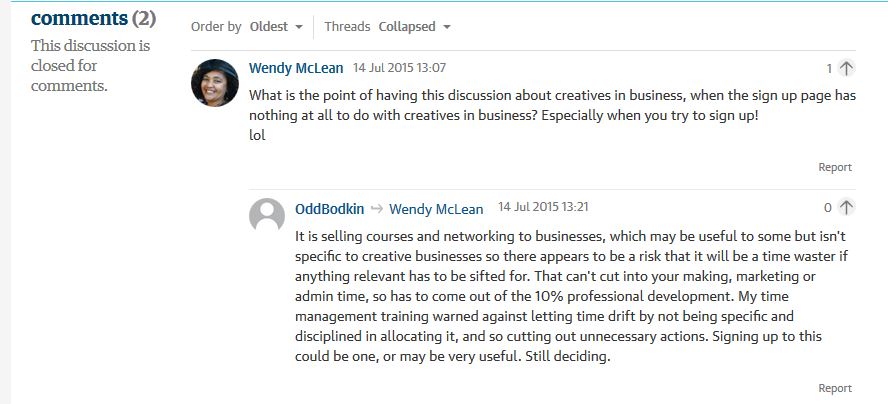Last month, I wrote about attending a session at creative industry conference where Marc Folk, Executive Director of The Arts Commission in Toledo, spoke about learning that one needs to go out to the community as a guest, asking to be hosted at meetings, gatherings, etc.
At the time, I wasn’t sure exactly how that idea translated into practice. Initially I envisioned something akin to the electoral process in NH where people host intimate meetings with political candidates in their homes or perhaps being invited to speak at a community or church meeting.
I also thought that he might have meant participating as a true guest at first where you weren’t necessarily the focus of attention as a speaker, etc, but just invited to sit quietly and observe the first time out.
Marc had mentioned sometimes there was a tendency to view yourself as “riding in on a white horse” to save a community so I thought being the guest of honor at a meeting might reinforce that conceit.
Just last week, Margy Waller addressed the same issue in an Americans for the Arts blog post, “We Are From the Arts and We’re Here to Help.”
“In one of the sessions, a group of participants had a passionate discussion on using the word “help.” They noted that it really isn’t possible to have a conversation about an equitable community if one party is offering to help the other. The word help itself implies that one group has more than the other—more to offer, more knowledge, more resources, more capacity, and so on. Using the word help shifts the perceived balance of power—in a way likely to shut down true collaboration and partnership efforts.
The solution? If you find yourself using the word help when talking about the role of arts in community, stop. Listen carefully and ask whether this is really the way toward an equitable community.”
Curious about the process he and his staff used, I reached out to Marc just prior to the holidays to learn more, summarizing my impressions and assumptions noted above. With his permission, I am reprinting a portion of his response:
Our approach utilized a combination of techniques, including what you listed above.
As far as process we first identified a local community partner. If possible, it was a community center or arts center in the neighborhood. We then reached out to the leadership of the center or another community group if the center did not have leadership, or there was no center and asked for a meeting. We then met with them and/or their board leadership to ask for their help in organizing a community meeting.
Once a meeting was called, we went back into the community centers/host venues and held “a listening tour” if you will. An important technique was that we hired a facilitator/consultant that facilitated these sessions. This created a degree of separation between the Arts Commission staff and the community issue and allowed for a more open and candid dialog from the community.
Out of this, we became more connected with “culture” or activities in these neighborhoods which has led to the building of genuine relationships.
A copy of the plan can be found here.
The reports from the neighborhood conversations can be found at the back of the plan.
I think the most important lesson is about language syntax/communication and authentic relationship development. My point at the conference about the white horse or “going into these neighborhoods” revealed much about our perspectives and gave great clue to where we needed to start our work.
For those that are interested, the neighborhood reports start around page 50 of the strategic plan.
I greatly appreciate Marc taking the time to outline the process for me. The importance of involving a facilitator was something I suspected in the back of my mind that he confirmed.
Based on his response, I have already started a conversation with my board president about how we might adapt this in our own community. I have mentioned to colleagues at other arts organizations I had some ideas I wanted to run past them in the hopes of establishing a cooperative listening tour.





"Though while the author wishes they could buy it in Walmart..." Who is "they"? The kids? The author? Something else?…